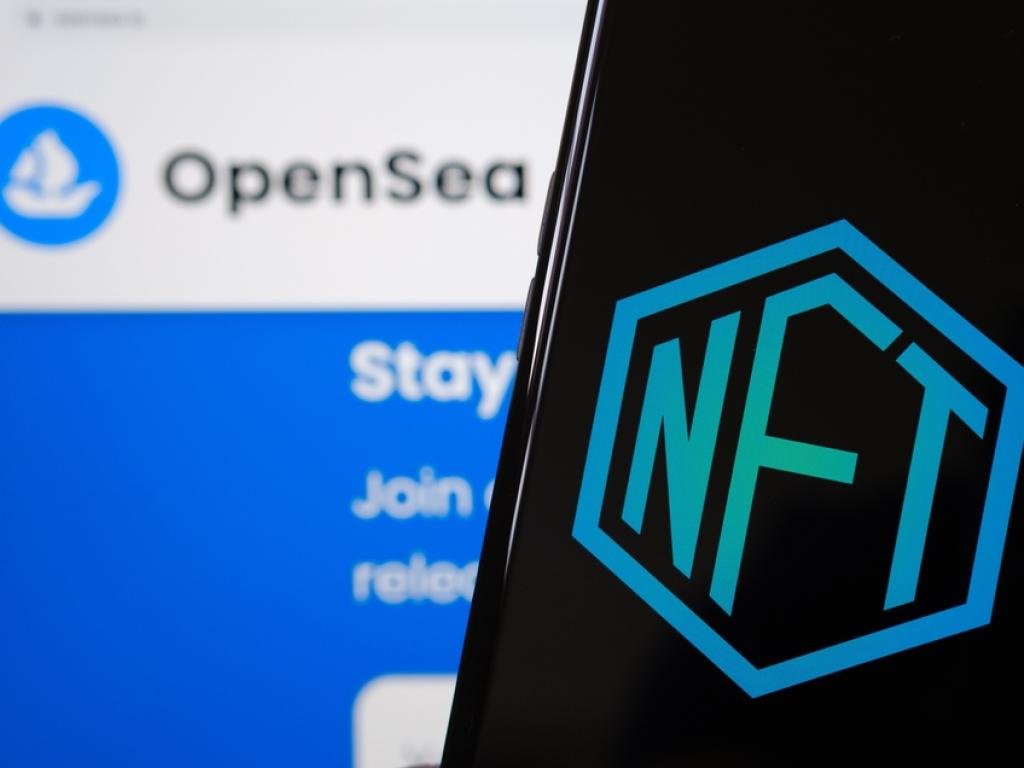Are Brands Ready To Tokenize Loyalty? Rarible Co-Founder Offers Lessons From The NFT World

At the recent Benzinga Future of Digital Assets event, Alex Salnikov, co-founder and chief strategy officer of Rarible, joined a panel discussion led by Ian Horne, head of content for Money20/20 Amsterdam.
The conversation focused on the challenges and opportunities of integrating non-fungible tokens (NFTs) into brand loyalty strategies within the expanding Web3 ecosystem.
Learning from Past Challenges
Reflecting on the challenges of the NFT market, Salnikov addressed how speculative practices in 2021 created skepticism around the technology.
“The NFT is an obscene word in many communities these days,” he admitted. He explained that the market had been overrun by short-term profit schemes that fueled a bubble. Salnikov compared the situation to the recent craze around meme coins, predicting that similar patterns could lead to temporary interest but long-term challenges for the industry.
See Also: Ethereum Clone Tron Surges 60% In A Day, Outpaces XRP In Weekly Gains: Why Is TRX Going Up?
This backdrop provided a foundation for exploring how NFTs can be leveraged more effectively and responsibly to foster brand trust and consumer loyalty.
NFTs as Tools for Engagement
Salnikov outlined how NFTs could transform customer engagement by making consumers stakeholders in a brand’s success. He cited examples like Pudgy Penguins, which allows token holders to benefit from the brand’s revenue streams. “If I own a Pudgy Penguin, I’m expecting it to go up in price just because there would be value flow back to that,” Salnikov said.
However, this model is not without its difficulties. Due to regulatory and structural constraints, traditional brands often hesitate to share revenue with NFT holders. Salnikov emphasized the importance of adapting strategies to align with Web3 values, such as transparency and community involvement.
Success Stories in Web3
The panel highlighted brands that successfully navigated these challenges. Salnikov pointed to Nike’s acquisition of RTFKT, a Web3-native brand, as an example of how traditional companies can thrive in this space by partnering with established Web3 entities. In contrast, he criticized efforts like Louis Vuitton’s high-priced NFT campaigns for focusing too heavily on physical products and failing to build meaningful connections with crypto-savvy audiences.
“The crypto culture is virtual,” Salnikov said, underscoring the importance of focusing on digital assets and fostering genuine community engagement.
A Roadmap for the Future
For brands entering the NFT space, Salnikov recommended a gradual approach that prioritizes experimentation and education. He encouraged companies to onboard users by introducing wallets and digital collectibles while taking time to build trust and familiarity with the technology. “They need to start doing something, doing experiments, onboarding their people,” he advised.
As the Web3 landscape continues to evolve, the lessons shared during the panel offer valuable insights into how brands can successfully integrate NFTs into their strategies. By focusing on community-building and long-term value, companies can navigate the challenges of the NFT space while fostering trust and loyalty among their audiences.
Now Read:
Image: Shutterstock




